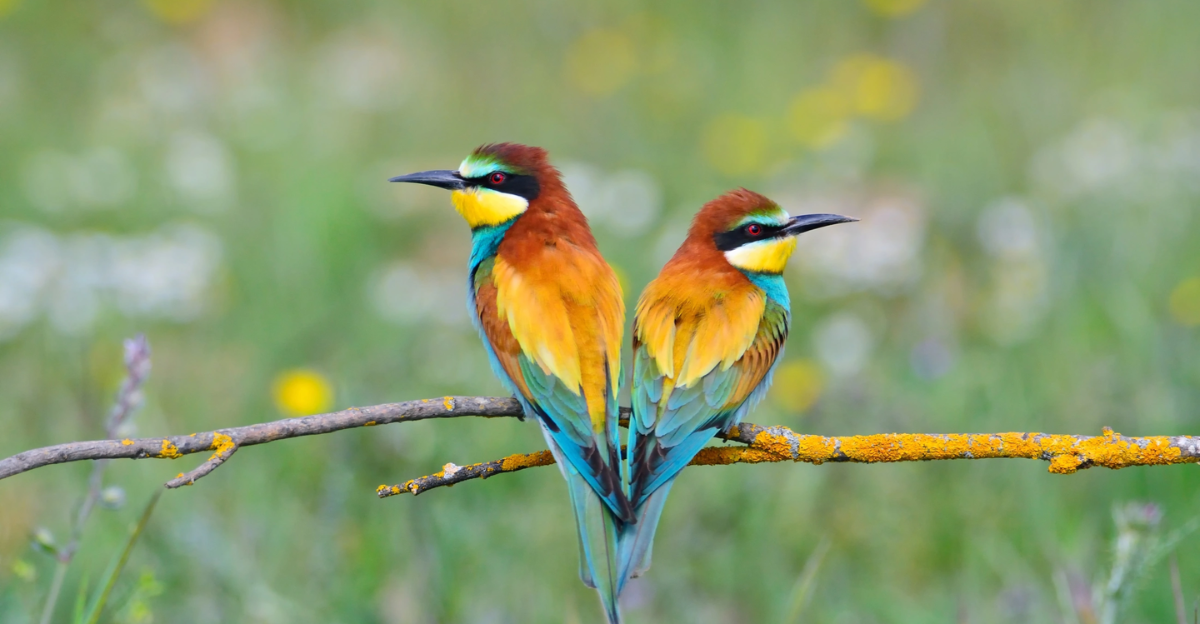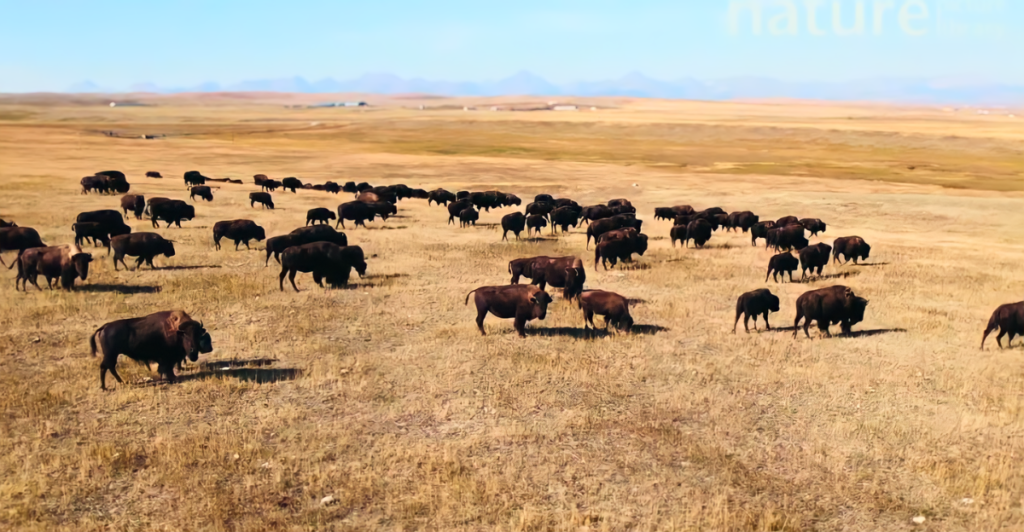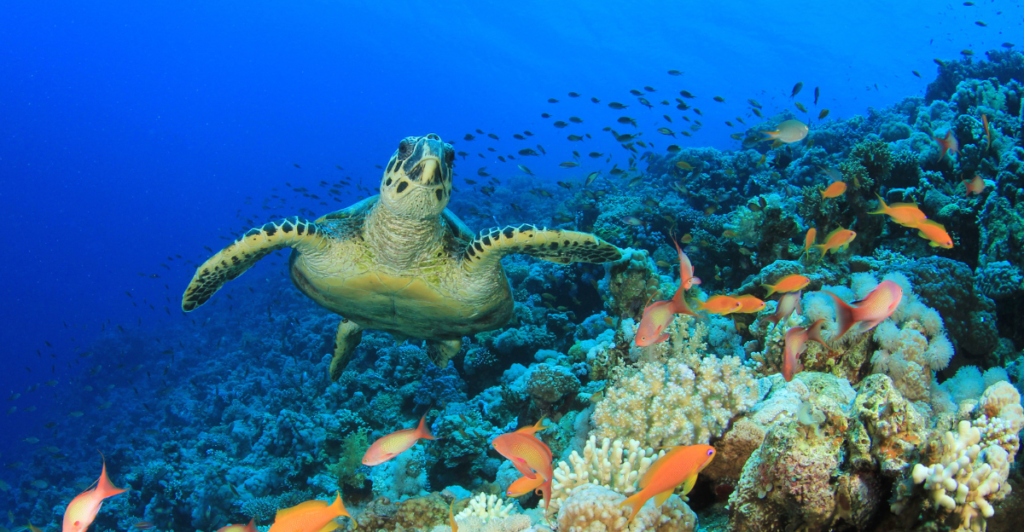
Conservation of wildlife is not a moral imperative anymore: it’s an investment. NASDAQ’s newest ETF (Exchange-Traded Fund) enables investors to fund biodiversity with the potential to earn returns. With financial markets still expanding and evolving, ethical investing becomes a priority. So how does it function, and what does it do for wildlife? Let us have a closer look.
Why Conservation Needs Capital

Wildlife conservation is expensive. It requires billions of dollars annually. Currently however, it faces a massive $700 billion deficit. Some help comes from governments and philanthropists, but private financing is necessary. That’s where newer financial tools like biodiversity credits and green bonds come in. NASDAQ’s new ETF is a part of this larger movement.
What Is This New ETF?

The ETF is an investment product that tracks companies assisting in wildlife conservation. This covers companies that concentrate on sustainable biodiversity, ecological restoration, and wildlife preservation. People can purchase shares and stand to earn while saving the world. It benefits the market and conservation.
How Does It Work?

Think of the ETF as a portfolio of shares of companies engaged in sustainable wildlife practices. These may include ecotourism, sustainable agriculture, and firms investing in biodiversity conservation. The ETF rises in value when these companies do well, giving investors a reason to invest in conservation companies.
The Growth of Green Investments

Sustainable investing is taking off. Private nature finance has increased eleven-fold in four years, from $9.4 billion to more than $102 billion. Investors care more about ethical finance, and conservation-themed exchange-traded funds provide the possibility of making a profit while saving the planet. That trend should be sustainable.
What the Private Sector Does

Donations and government funds cannot fill the gap in conservation funding. Private companies and investors are using market-based solutions to fund nature. Such ETFs reward companies that are financially focused on sustainability, which is good for the economy and the environment in the long run.
What’s in the ETF?

This ETF owns companies involved in several sustainability initiatives: carbon offsetting programs, habitat restoration activities, sustainable agriculture, and ecotourism. It also owns green bond issuers and those producing biodiversity credits. They all help maintain ecosystems and generate returns.
Addressing the Skeptics

Can profit-driven markets actually drive conservation? Critics worry that the financialization of nature might be led by short-term gains over real impact. But strict criteria for inclusion in the ETF are meant to ensure that only genuinely sustainable companies are included. Transparency and accountability are key.
Preserving Nature and the Locals

Indigenous Peoples and Local Communities are worth investing in for conservation but get minimal direct investment. This ETF would change that by investing in projects that involve and empower them. Wildlife economies need to involve the people who have protected nature for years.
Funding Wildlife in the Future

Conservation finance is evolving. Alongside ETFs, we are also seeing more biodiversity credits, debt-for-nature swaps, and payments for ecosystem services. As more individuals learn about these options, there will be other ways in which investors can fund nature—blending finance with positive outcomes. The NASDAQ ETF is just the start of a much bigger change.
Risks and Considerations

Like any investment, there are some risks to this ETF. Changes in the market, new regulations, and greenwashing concerns may affect returns. Investors must do their research prior to investing. But as being eco-friendly becomes more important, the future seems bright for those who support conservation.
Should You Invest?

If you’re an animal lover and want your money to go towards a good cause, this ETF might be the way to go. Ethical investing allows you to align your investments with the way you feel. But as with any investment, diversification of funds and research are required. Conservation can be lucrative, but being a smart investor is essential.
Investing with a Purpose

Saving Species from Extinction Species conservation is no longer a philanthropic act—it’s a clever investment strategy. The NASDAQ animal ETF enables you to invest in conservation and potentially gain. With more and more people choosing to invest ethically, this could be the dawn of a new age when nature and finance can co-exist.
Explore more of our trending stories and hit Follow to keep them coming to your feed!

Don’t miss out on more stories like this! Hit the Follow button at the top of this article to stay updated with the latest news. Share your thoughts in the comments—we’d love to hear from you!







